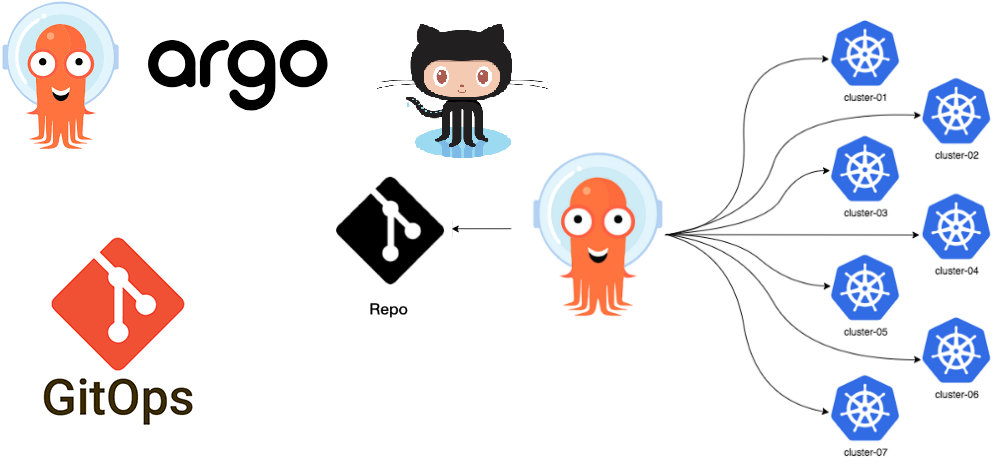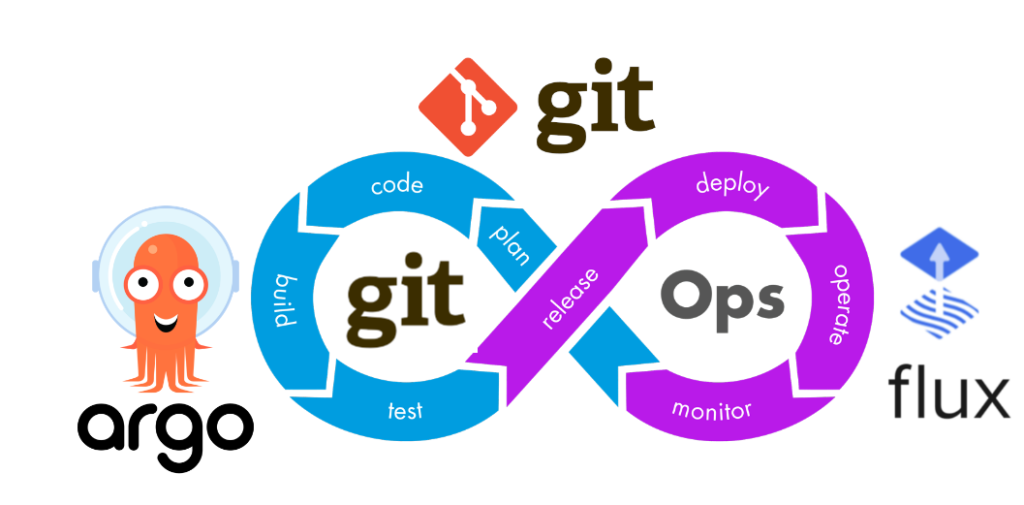High code
High-code assembly relies on developers to write and deploy code. This assembly model is ideal for applications where the code should be tied to the experience itself. Developers will often rely on JavaScript frameworks like React or Angular or frameworks specifically designed for mobile or native applications. Content and data is typically provided via a headless CMS or other API-based services.
This approach is ideal for a “code-driven” experience tightly tied to code deployment cycles. Content and data can be managed and updated from remote systems on demand, but developers control the actual experience and interface.
However, with a high-code approach alone, businesses are heavily reliant on developer resources. When everything requires a developer’s hand, it takes time away from the more valuable work they could be doing, such as creating new features and innovations.
Low code
Using low-code tools, developers focus on building a composable platform and providing self-service tools that allow business users to control the assembly of the experience. They can also create powerful components that can be reused for other applications.
The primary benefits of low-code solutions are speed and collaboration. Low-code solutions generally leverage pre-built components, design systems, and functionalities that can be rearranged and repurposed to shape different experiences.
Low code means that both marketers and developers play a vital role in the process. Developers build the components, and marketers can then assemble those components into relevant customer experiences. This collaboration can accelerate time to market and produce greater overall customer satisfaction for the business because marketers can directly translate their insights into actions.
Traditionally, developers have been reluctant to embrace low code/no code due to concerns about functionality and security, but there are ways to build governance and regulations into the types of components and systems applied.
No code
No-code assembly puts marketers and other business users directly in the driver’s seat. True to the name, these solutions involve no need to write a single line of code once they’re launched. Instead, they rely on forms, configuration, and simple input tools to manage the experience.
No-code solutions are great for solving individual department issues, like updating content or assets on a page, without pulling the attention of developers away from other projects. They can also be leveraged to help scale solutions by using more of a cookie-cutter approach.
However, no-code tools are limited in terms of bringing about large-scale innovations or building new platforms. They’re typically more difficult and expensive to extend, and while fast to set up and use, their flexibility is often limited.



